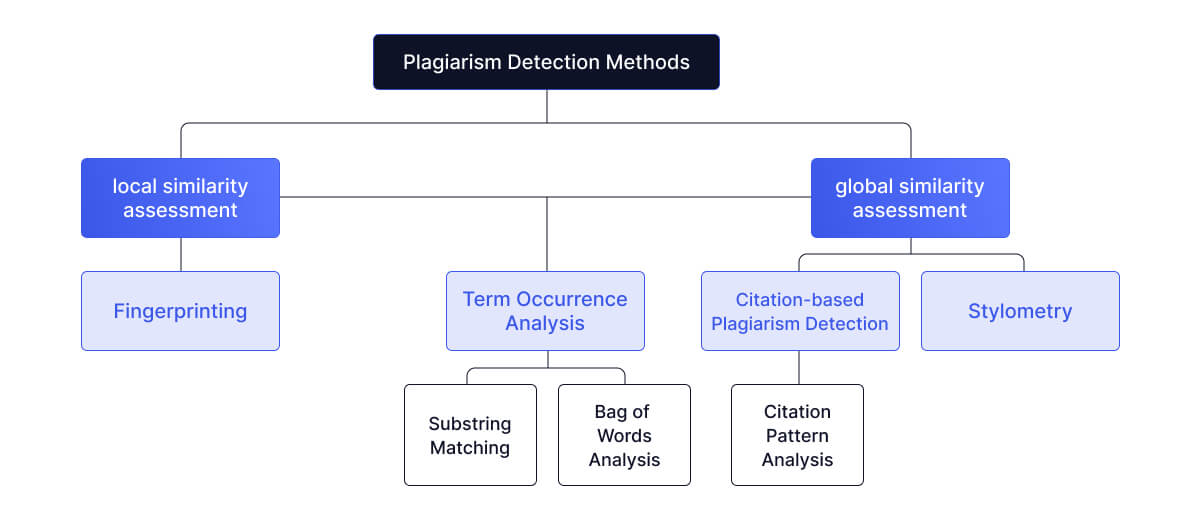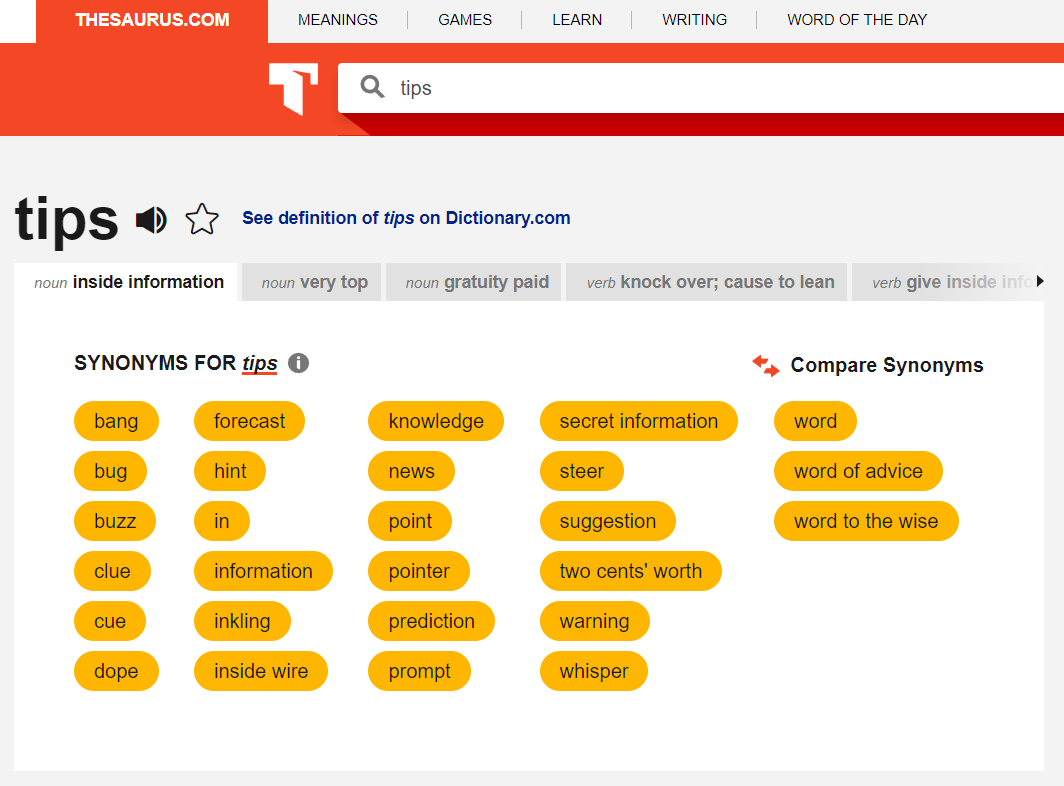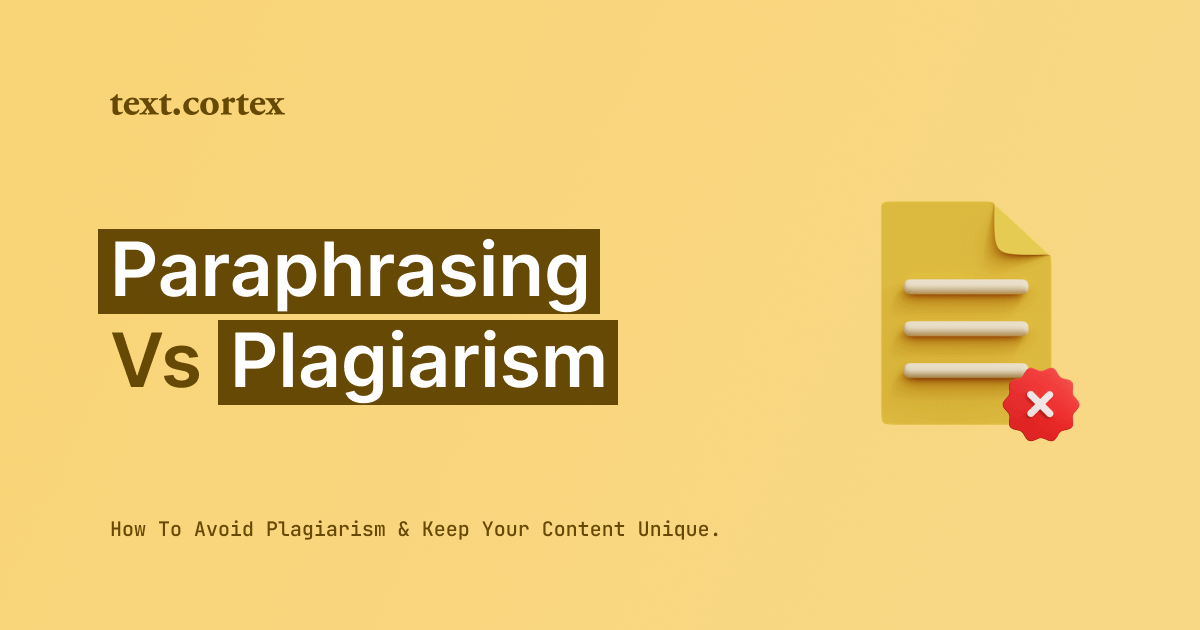Have you ever been confronted with the question of “plagiarism”?
Sometimes we type or talk about someone else's thoughts, ideas, and concepts.
We write our own versions of a fact, but did you know that sometimes our retelling of someone else's ideas, thoughts, and concepts can be considered plagiarism?
And many content writers make this mistake, which can easily result in a catastrophe.
However, while this kind of plagiarism may contain serious consequences, it is more than enough for marketers who want to avoid the topic of paraphrasing and plagiarism altogether.
But don’t worry, it doesn't have to be that way. Luckily we’re here to help you.
In today’s article, we’ll discuss the difference between paraphrasing and plagiarism, explain each of those, and show you how to avoid plagiarism and keep your content unique.
Let’s begin!
Paraphrasing Vs Plagiarism: What’s the difference?
Sometimes, there is a thin line between originality and plagiarism.
Especially for the blog articles in niches that are too saturated with content.
Understanding this difference will make it easy for you to write unique blog posts consistently every time.
So, let’s cover that part and make it clear once and for all.
What Is Plagiarism?
Plagiarism is copying someone else’s work and passing it off as your own.
And a simple way to avoid this is always to cite your sources.
Citing a source doesn’t mean you can’t paraphrase, but you should always tell the reader where you got the information from.
Still, having that kind of content on your website can quickly bring you a Google penalty.

There are two types of plagiarism - unintentional plagiarism and intentional plagiarism.
Unintentional plagiarism occurs when you unintentionally use someone else’s words without citing them as your source.
On the other hand, intentional plagiarism occurs when you intentionally use someone else’s words without citing them as your source.
Here are some examples of plagiarism:
- Using another person's work without giving them credit
- Copying or paraphrasing too much from someone else's work without giving proper credit
- Failing to use quotation marks for direct quotes
Well, what if I told you that you could have your cake (free info), eat it (make a nice, original paper), and have some whipped cream for dessert (put your own spin on it — paraphrasing).
You can do this by paraphrasing the paragraph without actually plagiarizing it.
What Is Paraphrasing?
Paraphrasing is the process of rewriting a text without changing its meaning.
It's another way of saying you're summarizing someone else's work, but with more detail and less repetition.
You can paraphrase in two ways: using synonyms and similar grammatical structures.
The goal of paraphrasing is to keep the text’s original meaning while making it easier for someone else to understand.
Can you accidentally plagiarise when paraphrasing?
When it comes to paraphrasing, there is nothing more important than knowing what you are doing. There is no way around it.
If you don’t know how to paraphrase properly, you will end up plagiarizing content.

If it has been published elsewhere, then you should probably not copy-paste it into your own article because it will be considered plagiarism.
How do you paraphrase without plagiarizing?
Paraphrasing is an art accompanied by science, while plagiarism is an act violating copyright.
Since you don't want to be guilty of plagiarism, let's learn how to paraphrase content legally while keeping it unique.

It’s also important not to change the structure of sentences in order not to distort their meaning while at the same time keeping them short and precise.
1. Don't just rewrite - Research first and make some notes
When you paraphrase content, you can use notes to guide you.
Write down key points from the text or talk about them out loud — this helps you organize your thoughts so that they make sense to others when they read them later on.
This will also help you share what you've learned in an effective way.
Don't just repeat what was already written.
Understand what the author is saying, then summarize it in your own words.
If quotes or other bits of information are important to understand the point, don’t forget to include them.
2. Change the word order of the original sentence
If you're writing about an idea or argument, try changing its structure to make it more like your own thoughts and less like someone else's words.
Rearrange the order of words in an original sentence so that it reads differently without changing its meaning.
You can also add additional information to help clarify what you're saying.
For example:
Original Quote: “Here are some tips for creating a good blog post.”
Paraphrase: “There are some suggestions you can do to create a great blog post. Let’s check them out.”
Both examples announce the advice for creating blog posts, but they use different words and sentences to say it.
3. Use a Thesaurus to find different words or phrases
Another great paraphrasing technique is to try using synonyms for keywords or phrases instead of simply rearranging them.
If you want to reuse an idea or phrase but don’t want to copy it word for word, try searching for synonyms on the web or in a print dictionary.
You may find there are many different ways to say the same thing!
For that purpose, you can use Thesaurus.

Thesaurus is a dictionary that contains synonyms of words and helps you find alternative words and phrases for your article.
For example, if you want to write an article about how chocolate affects your health, then you need to avoid words like "candy" and "sweet."
Instead, you should use synonyms like "dessert," "nourishment," or even "medicine."
To use Thesaurus, just go to the website and enter the word you’re looking synonym for.

Choose the one that fits you best, and use it in your sentence.
4. Check your paraphrase isn't too similar to its source material
Paraphrasing is good for emphasizing key points, but don’t use it to completely change someone else’s argument or idea into something different than what they intended.
For example, if you’re trying to make an argument against someone else’s position, don’t paraphrase their entire paper and then add your thoughts at the end.
Also, be aware of context.
If you are paraphrasing something from an academic source (journal article, book chapter), be sure to include enough information so that it is clear where you got the material from (author name, page number).
Even if it is common knowledge that Shakespeare was born in 1564 (or whatever), include this information in your citation so that readers can find more information about it.
5. Proofread your work
When you write an article, it's very important that you proofread it before publishing it for publication.
Even if you're writing a blog post or other short content, it's important to read what you've written from start to finish and make sure that everything fits and there are no spelling errors or grammatical mistakes.
You also need to check your work for plagiarism.
After all, if someone else has already written about the same thing, then there's a chance that they have used similar language and phrasing as well.
If this happens, then your article will probably be considered plagiarized by the editor or website owner who receives it for publication.
When writing an article, you can use a tool like Plagiarism Checker to see if the text has already been published elsewhere on the web.
Use paraphrasing tools to simplify the process
You don't need to be an expert to write original content and paraphrase something.
You can use online paraphrasing tools to help you create unique content without plagiarism.
These tools can also help you simplify the process of rewriting sentences by suggesting synonyms for certain words or phrases.
Or even change the whole paragraph within just a click.
Tools such as TextCortex.
TextCortex is an AI copywriting tool and Chrome Extension that helps you generate an entire cold email based on bullet points, paraphrase a sentence or whole paragraph, and create any content type based on your needs.
TextCortex uses a machine learning process that allows its AI writers to understand the content before generating it, taking away 80% of your writing work.
So, instead of learning to paraphrase some content safely, you can automatically nail it down using this powerful feature.
What’s great about the TextCortex Chrome Extension is that you can use it within any textbox online without the need to leave the platform you use to create your content.
And you can create and paraphrase your content without causing any plagiarism issues.
All you have to do is enter the a few-word idea, highlight it, and choose the output that fits you best.
It’s easy as that.
Utilizing TextCortex extensions, you can also:
- Create long-form content from a single sentence
- Extend your text to include more details.
- Use bullet points to craft emails that bring replies.
- Extend your sentences.
Or you can use the online editor with much more features created specifically for your needs.
Download our Chrome Extension and watch how TextCortex transforms your sentences and paragraphs into exciting easy-to-consume content. 🔥
.jpg)

.jpg)


